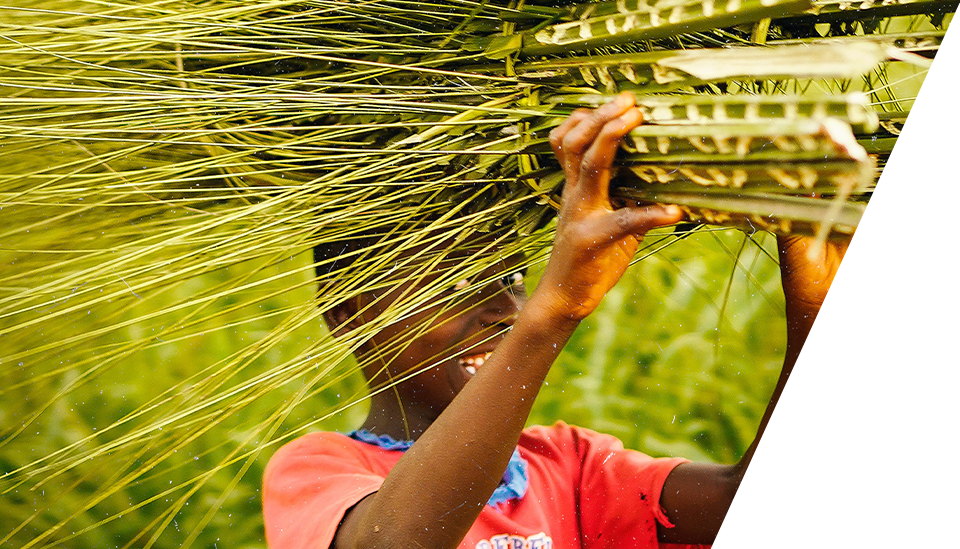Fostering head, heart, hands and health in Kenya’s youth
Over 65 percent of the children in Kenya’s Kilifi county have to walk long distances to and from school every day, just one of many obstacles they have to overcome to get an education. This extra burden can make it difficult to convince young people that school is a crucial stepping-stone to a successful future. Absenteeism and high dropout rates are a too-common reality.
For rural youth, many of the opportunities available locally are in agriculture, but young people often view this sector as tedious, risky, low-income and generally, not a worthwhile pursuit. They prefer to migrate to larger cities in the hopes of finding a better life.
Unfortunately, people’s perspectives of agriculture and agribusiness are often limited to traditional farming. This attitude prevents many people, young people in particular, from taking advantage of the wide array of opportunities that the agricultural sector has to offer — opportunities that have the potential to provide or improve livelihoods.
To directly address these issues, FAO is partnering with the 4-H Kenya foundation to promote an interactive approach to school learning through 4-H clubs, focusing on livelihood skills development programmes. The programme in Kilifi is engaging 1 200 schoolchildren between the ages of 10 and 15 years old. 4-H Kenya uses a curriculum based on STEM (Science, Technology, Engineering and Mathematics) to teach sustainable agriculture and food security.
The four “H’s” refer to the programme’s focus on four development areas:
- Head: Programmes help children continue their education outside of the classroom, giving them the chance to learn real-world skills in agriculture, economics and business. Activities also include financial planning and management, decision-making, cooperation in groups, public speaking and other marketable skills.
- Heart: 4-H approach fosters connections not only between the members of the club but also between members of their larger community. The club teaches its members valuable lessons in collaboration and helping others.
- Hands: Each activity is designed with a hands-on approach to learning so that the children themselves manage their own projects. Although they always have the support of club advisors and aides, children are in charge of creating their own success with the 4-H’s hands-on technique.
- Health: 4-H’s healthy living activities help youth balance their physical, mental and emotional health. Children learn about food safety, food sciences, nutrition and other areas of health and wellness in order to encourage a well-rounded lifestyle.
The 4-H approach uses hands-on learning to build competence, confidence, character, compassion and connections, equipping young club members to make effective contributions to their communities. The outcome is young people who finish school with a positive outlook on agriculture as a source of livelihoods. Learning through this approach makes it possible for youth to see agriculture in a broader context, and in turn, they are able to see a possible future for themselves within it.
The lessons in Kilifi focus on the production of three main commodities in the region: cassava, Africa bird’s eye chilies and poultry. The skills that the youth learn from their farms are then transferred to peers, family members and other members of the community. With an average of 30-45 members in a typical school, 4-H Kenya is poised to have an exponentially expanding impact on its communities.
Giving Kilifi’s children the chance to learn skills with immediate, real-world application allows them to make positive choices for their future. Not only are they developing the ability to support themselves and their families with a decent income, but these opportunities also allow them to do so without leaving home.
Experience indicates that the more exposed adolescents are to positive resources and experiences across different settings, whether at school or at home, the more likely they are to develop in healthy and productive ways. To date, FAO has supported the establishment of 30 4-H clubs in Kenya’s Kilifi county.
This article was originally published on FAO’s website.

